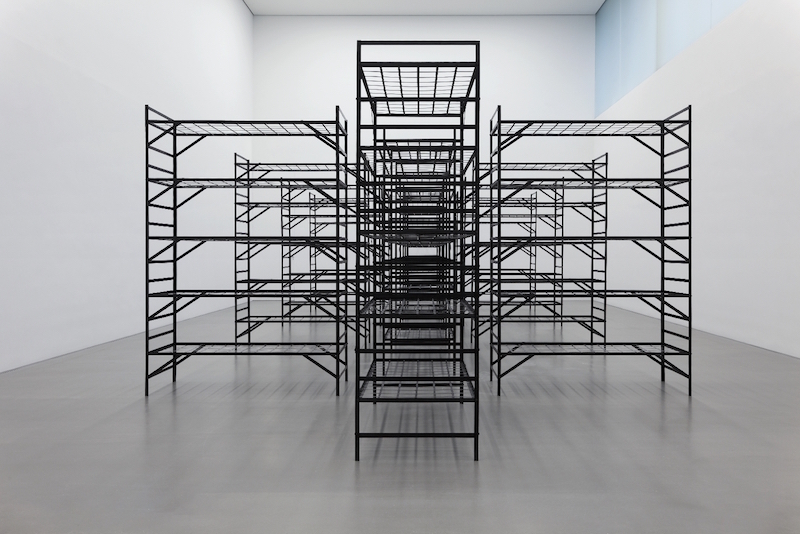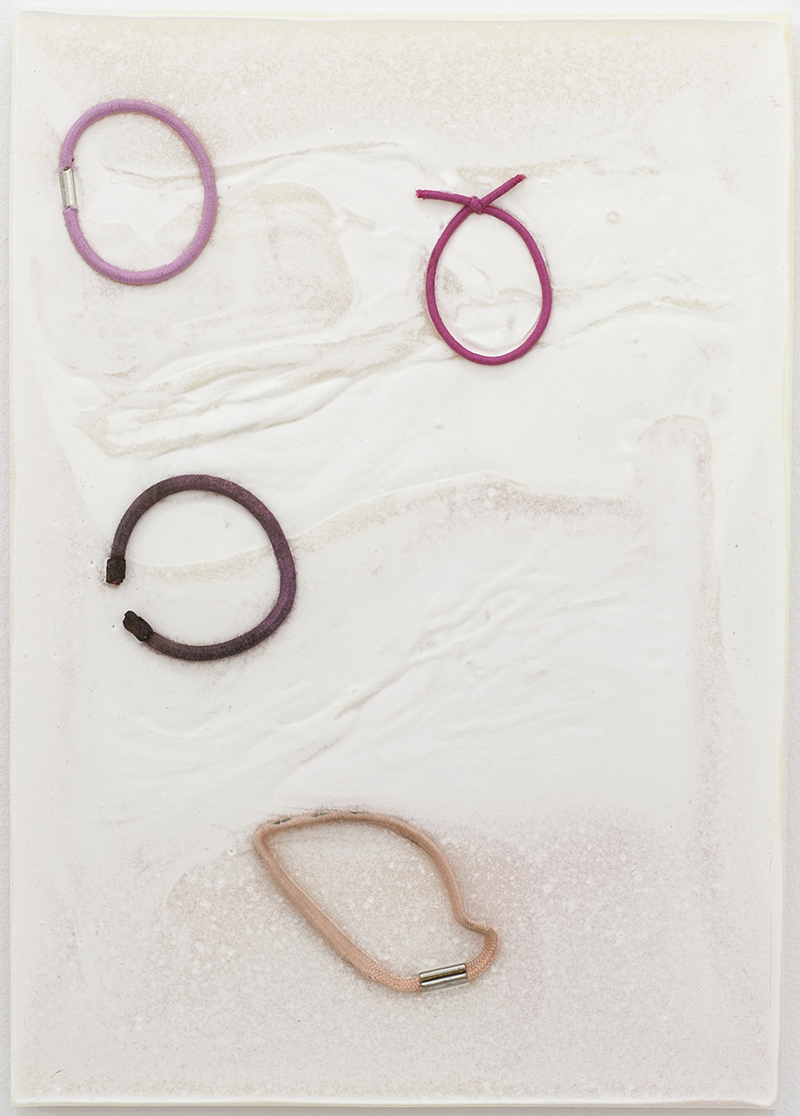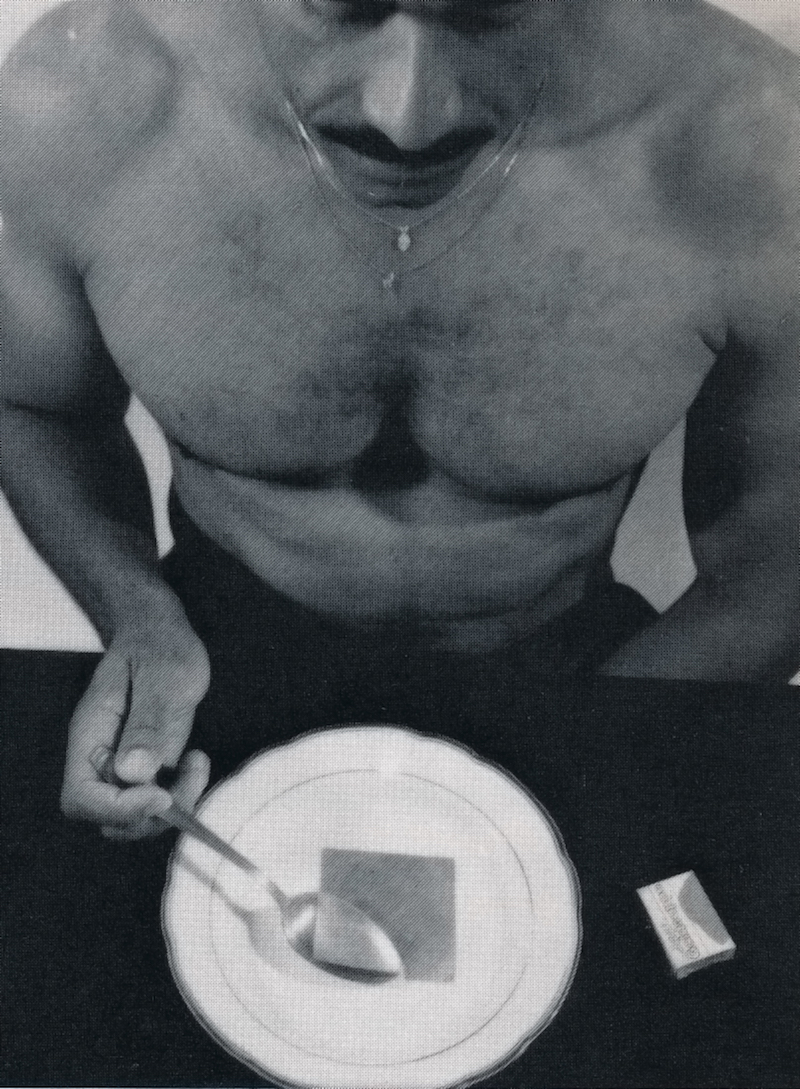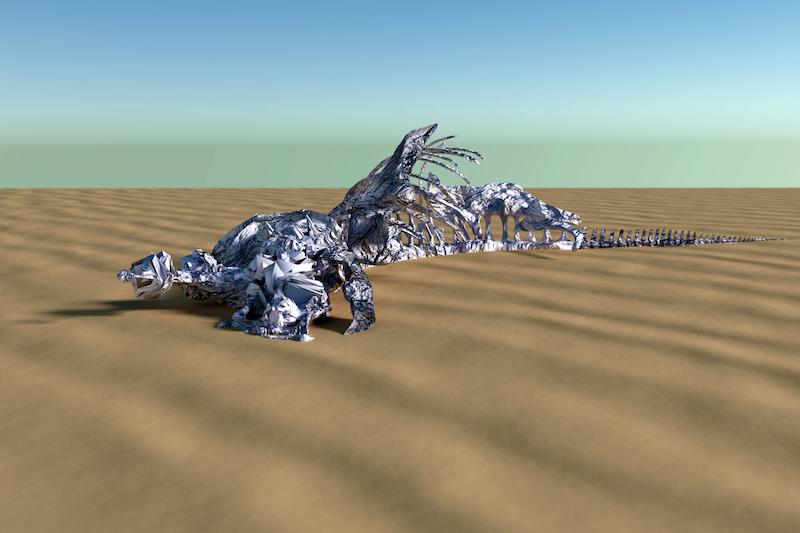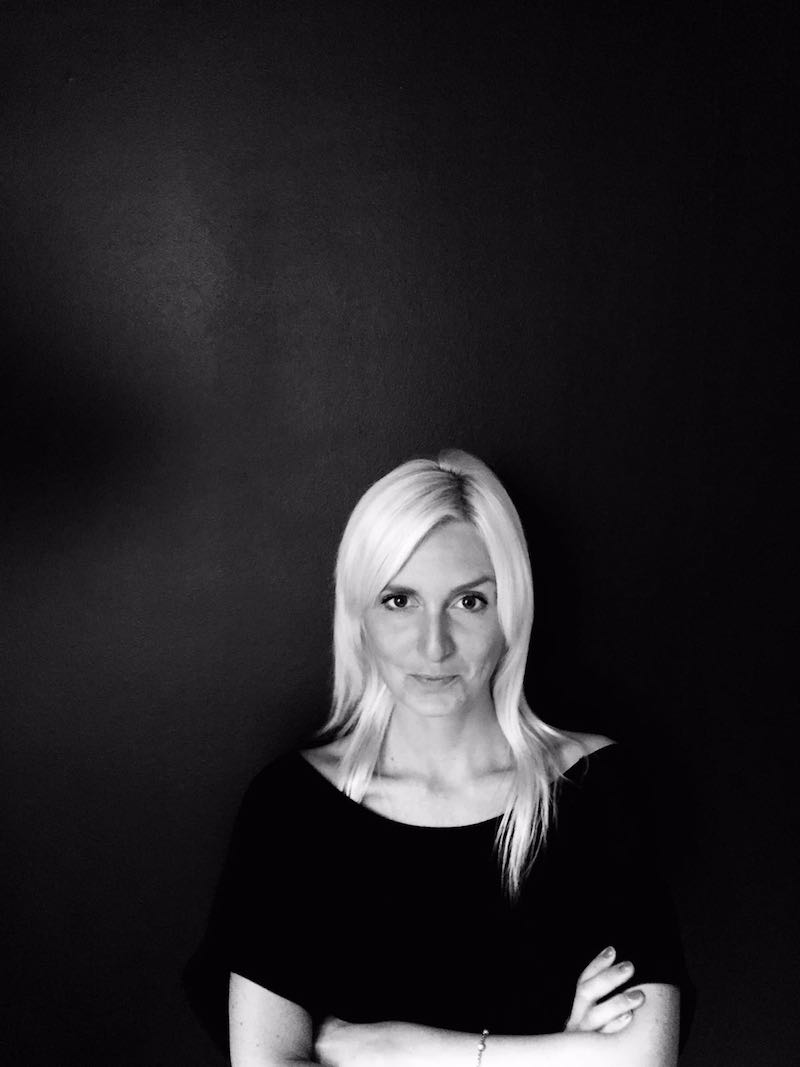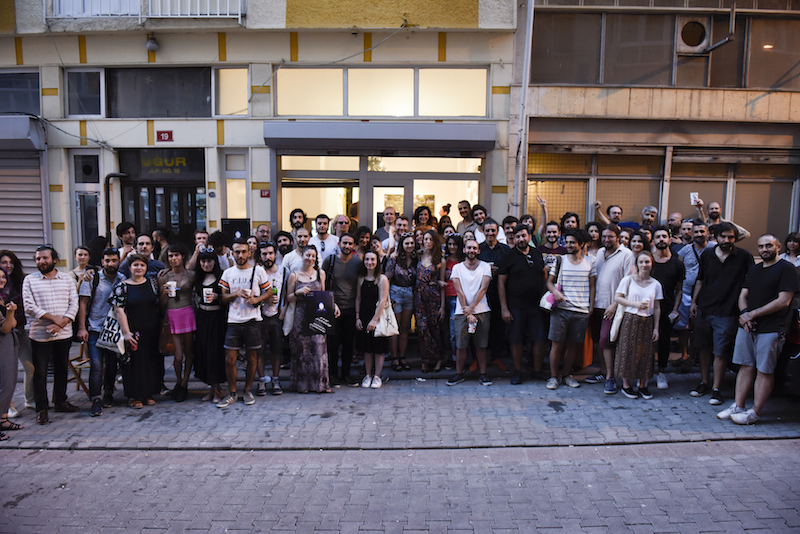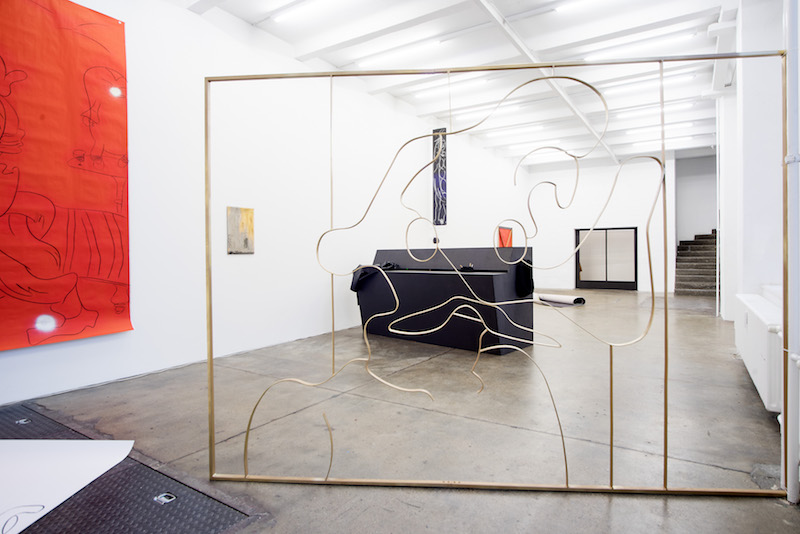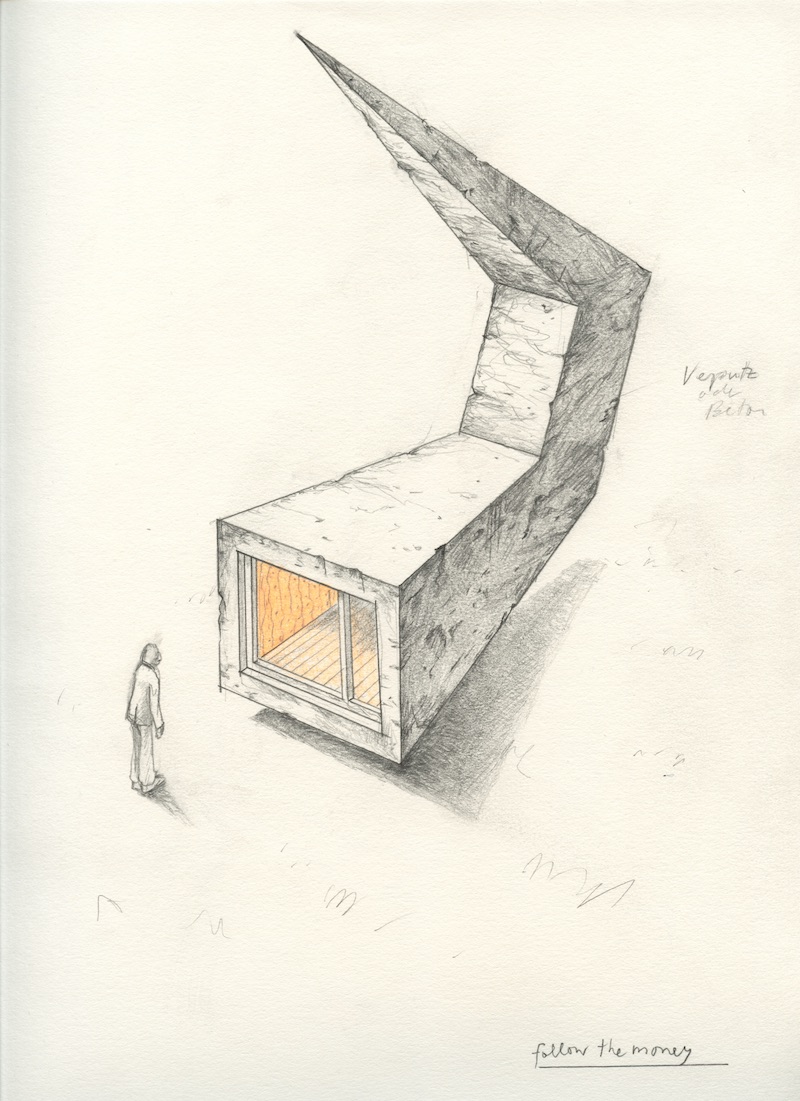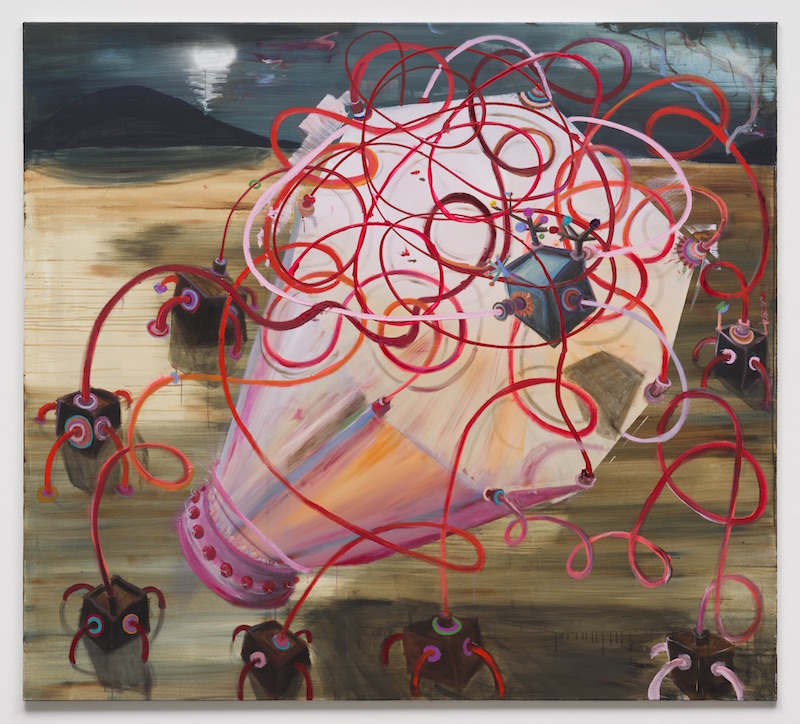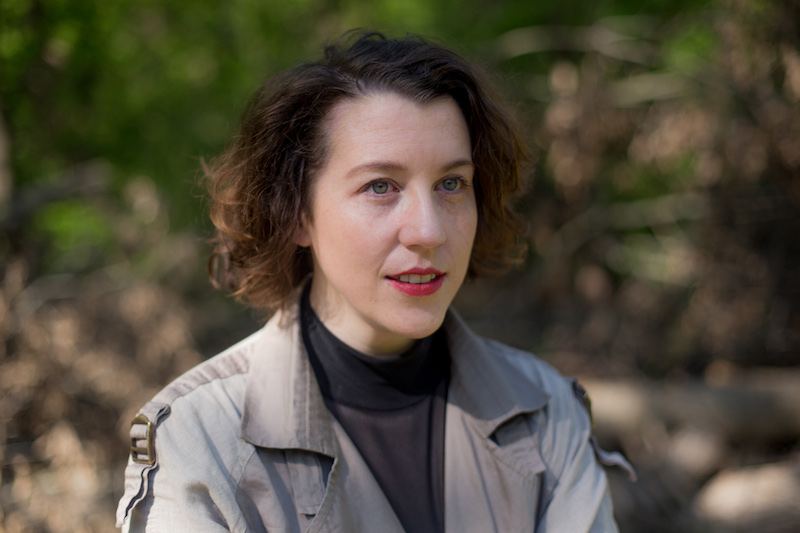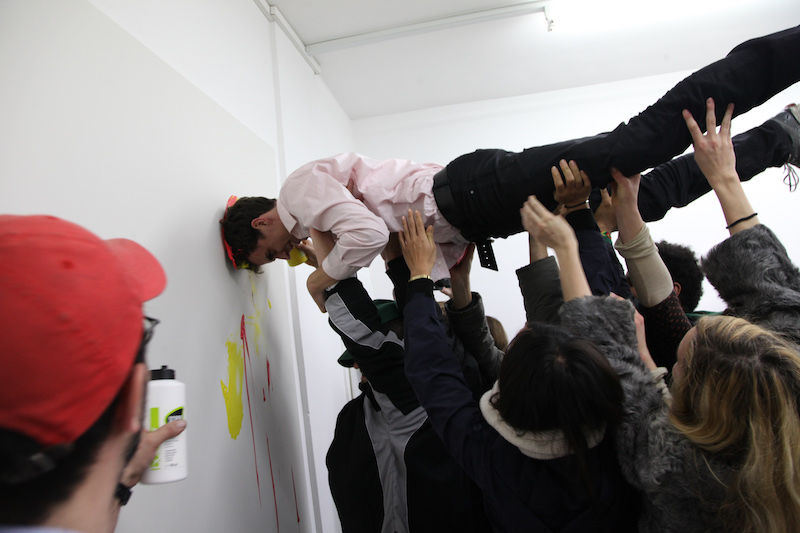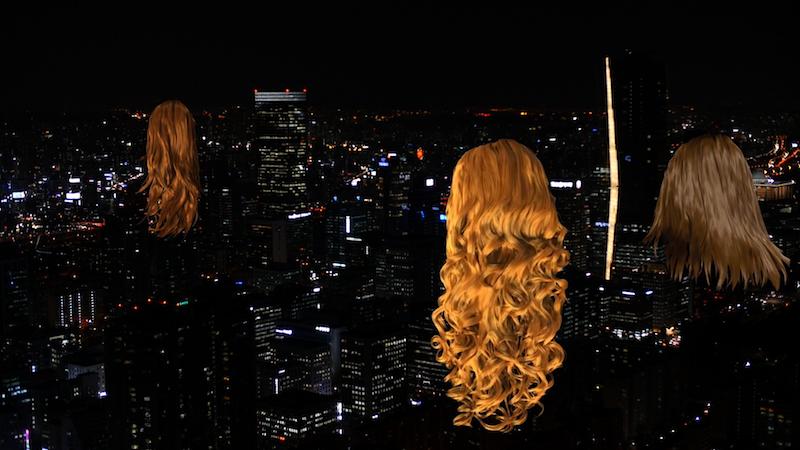
all images © Samsung / The Frame
– In cooperation with Samsung –
– In cooperation with Samsung –
Anna-Lena Werner: Rebecca, your career took you from acting as publishing director of Weidenfeld & Nicolson, working as an editor for Art Review and Modern Painters to joining Saatchi Gallery as director. Since 2013 you act as chief curator and directory of the Art Advisory of Saatchi Art. Having experienced the world of contemporary art from so many different angles, can you put words on how your different positions changed the way you look at art?
Rebecca Wilson: As you say, I started out my career in book publishing working closely with writers for 10 years. I then shifted to editing art magazines before moving into the gallery world, first of all the brick and mortar Saatchi Gallery in London and now online with Saatchi Art based in Los Angeles. I have always welcomed change and looked for new challenges. I’m also very motivated by helping creative people find the recognition they deserve and feel strongly that the traditional art world has failed many talented artists. Whether an artist is taken on by a gallery or not is fairly arbitrary and is certainly not a reflection of the quality of the work being made. At Saatchi Art we are trying to fill this huge gap by giving artists all over the world the opportunity to show their work to an international audience online. We are also helping people who love art to discover many fantastic artists they wouldn’t otherwise find. In the last 6 months we have sold works to people in over 80 countries by artists in 100 countries. I think my background and openness to doing things differently has made me more flexible in my approach to running an art gallery and re-thinking how the art world can really best help artists to have sustainable careers and make a living.

